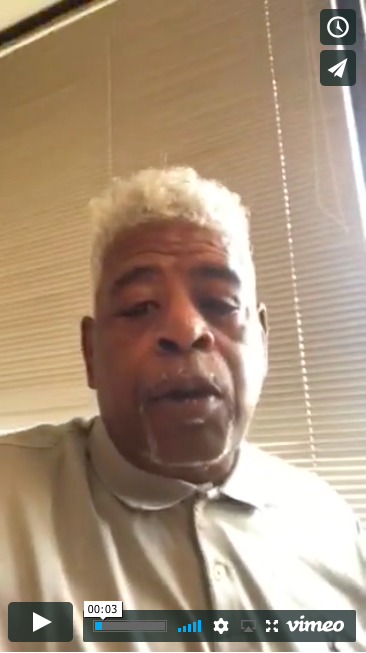Written by: Internal Analysis & Opinion Writers
President Donald Trump’s proposal to permit 50‑year fixed‑rate mortgages has stirred strong interest among younger home‑buyers, particularly millennials, though experts caution the long‑term trade‑offs may outweigh the immediate savings.
According to a survey of 1,000 Americans conducted by BadCredit.org, 45% of respondents would consider a 50‑year mortgage if it became available—and support is highest among millennials at 54%, and Gen Z at 46%. In contrast, only 29% of Baby Boomers and 37% of Gen Xers said they’d be interested.
The appeal for younger buyers is clear: housing affordability remains strained, with the average first‑time buyer age at around 40 and monthly mortgage payment burdens high. For a household earning typical income, stretching the amortization to five decades offers lower monthly obligations and a path onto the ownership ladder. “For millennials buying a home with young kids, a 50‑year loan may enable you to afford the monthly cost so you can get in,” said consumer‑finance expert Erica Sandberg.
Yet the flip side is significant. Because payments are spread over 50 years, borrowers build equity far more slowly—meaning they may still owe most of the loan principal when they move, sell, or refinance. Senior economist Joel Berner warned that the average homeowner (who stays in a residence around 11.8 years) may find little value unlocked.
Another wrinkle: higher risk usually commands higher cost. Analysts like Jeff Ostrowski of Bankrate say a 50‑year mortgage would likely carry a higher interest rate than a comparable 30‑year loan—offsetting much of the payment reduction. He estimates the monthly savings for a $400,000 loan could shrink to just $56 when factoring in likely higher rates.





















